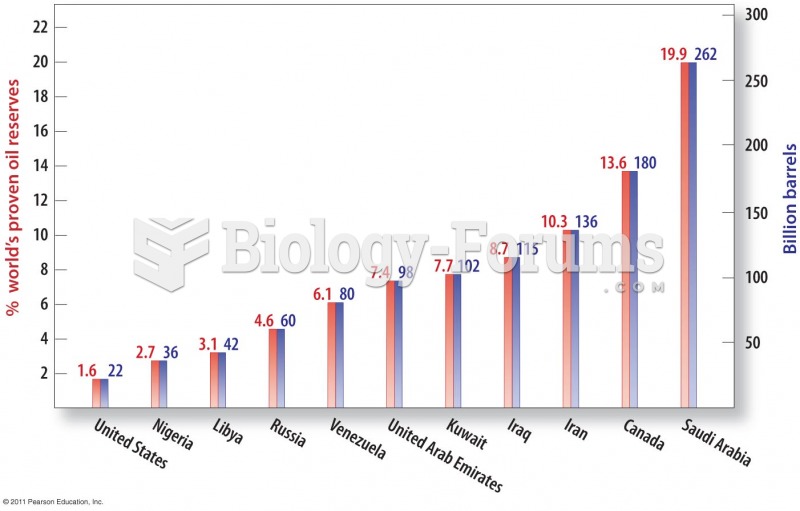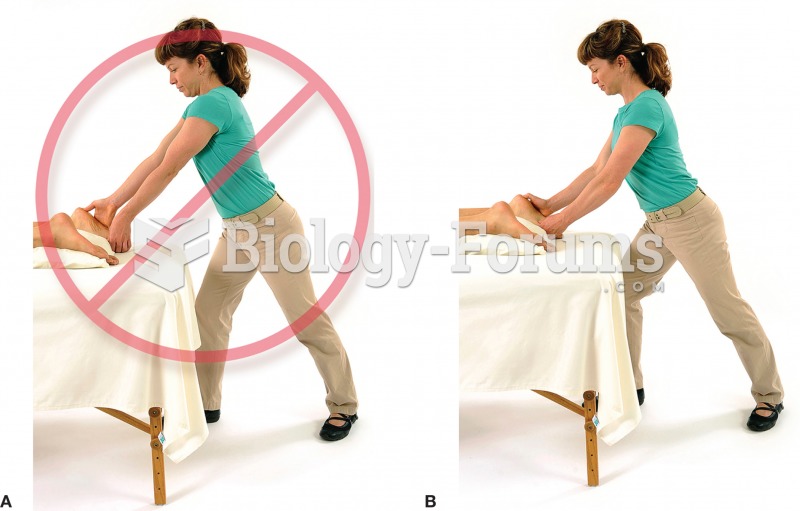Answer to Question 1
Beautifully done Thanks
Answer to Question 2
Raymond Vernon developed the international product life cycle theory at a time when most new products were being developed and sold first in the United States. One reason U.S. companies were strong globally in the 1960s was that their domestic production bases were not destroyed during the Second World War, as was the case in Europe (and to some extent Japan). In addition, during the war, the production of many durable goods in the United States, including automobiles, was shifted to the production of military transportation and weaponry. This laid the foundation for enormous postwar demand for new capital-intensive consumer goods, such as autos and home appliances. Furthermore, advances in technology that were originally developed with military purposes in mind were integrated into consumer goods. A wide range of new and innovative products like televisions, photocopiers, and computers met the seemingly insatiable appetite of consumers in the United States.
The theory seemed to explain world trade patterns quite well when the United States dominated world trade. But today the theory's ability to accurately depict the trade flows of nations is weak. The United States is no longer the sole innovator of products in the world. New products spring up everywhere as companies continue to globalize their research and development activities. Furthermore, companies today design new products and make product modifications at a very quick pace. The result is quicker product obsolescence and a situation in which companies replace their existing products with new product introductions. This is forcing companies to introduce products in many markets simultaneously to recoup a product's research and development costs before sales decline and the product is dropped. The theory has a difficult time explaining the resulting trade patterns.
In fact, older theories might better explain today's global trade patterns. Much production in the world today more closely resembles what is predicted by the theory of comparative advantage. For example, Boeing's components are made in countries that can produce them at a high level of productivity. Components are later assembled in a chosen location. This pattern resembles the theory of comparative advantage. Finally, the theory is challenged by the fact that more companies are operating in international markets from their inception. Many small companies are teaming up with companies in other markets to develop new products or production technologies. This strategy is particularly effective for small companies that would otherwise be unable to participate in international production or sales.







